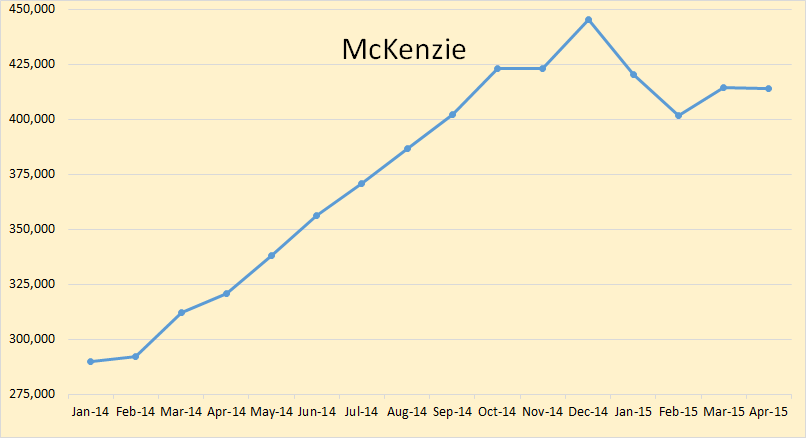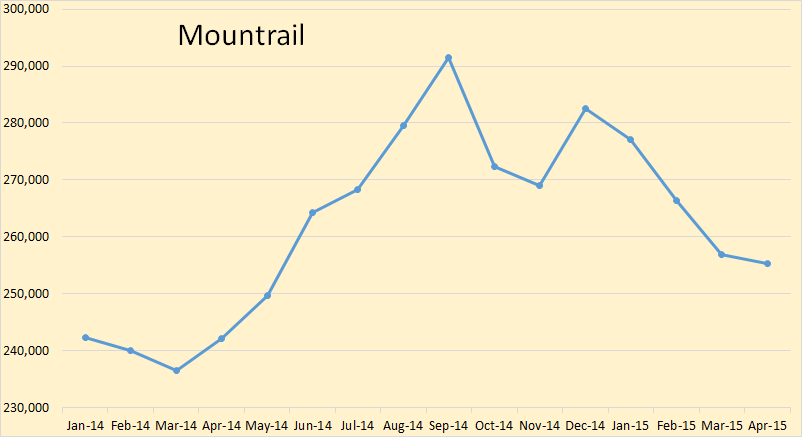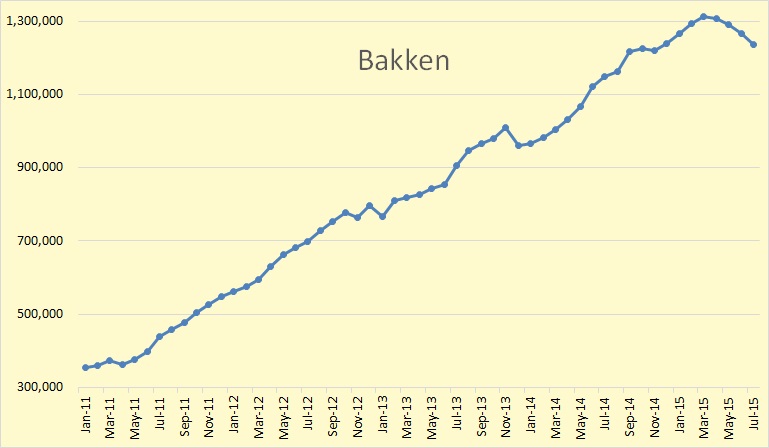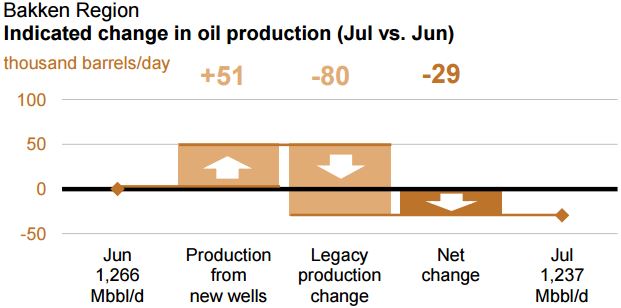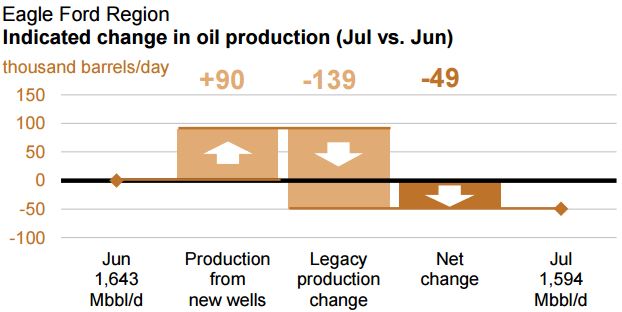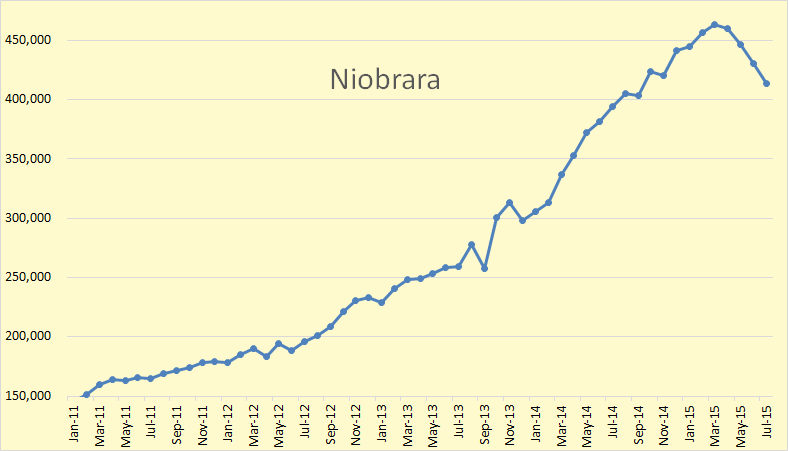Chevron shuts down operations following seismic event near Fox Creek.
Chevron Canada has confirmed that “a magnitude 4.4 seismic event was recorded by seismic monitoring arrays operated by Chevron Canada and Natural Resources Canada” in the Duvernay shale near Fox Creek, Alberta on Saturday.
It’s the second record-breaking industry-reported tremor to hit the region in a year. In January, industry triggered a 4.4 magnitude earthquake in the Duvernay shale.
That event forced the Alberta Energy Regulator to adopt a “traffic light system” to regulate seismic events in the region. The system requires companies to report events greater than a magnitude of 2.0, and to shut down operations once a 4.0 magnitude event is observed nearby.
As a result of the new regulations, Chevron reported the earthquake to the regulator and shut down operations at a natural gas well pad located approximately 27 kilometres south of Fox Creek.
However, the regulator has given the company permission to finish securing the well before it temporarily suspends operations at the site.
A spokesman for Chevron Canada, Lief Sollid, said the company “was installing production tubing in a well on the pad at the time of the event. Multi-stage hydraulic fracturing operations were completed on the eight-well pad on June 5.”
Hydraulic fracturing, the cracking of rock with highly pressurized fluids, can trigger an earthquake days after the event.
Sollid added in an email that “no injuries, property damage or environmental impacts have been reported as a result of the event.”
Since 2013, when companies started to fracture the deep shale with one to two-kilometre-long horizontal wells, the region has experienced a wave of tremors.
The Duvernay shale, or what stock promoters have dubbed the “new millennium gold,” covers a 56,000 square mile region and contains natural gas liquids. An average horizontal well may cost $15 million to drill.
Chevron is part-owner of the Kitimat LNG project, which will operate as an export facility for unconventional natural gas that has been fracked and extracted from British Columbia’s Liard and Horn River basins.
…click on the above link to read the rest of the article…



